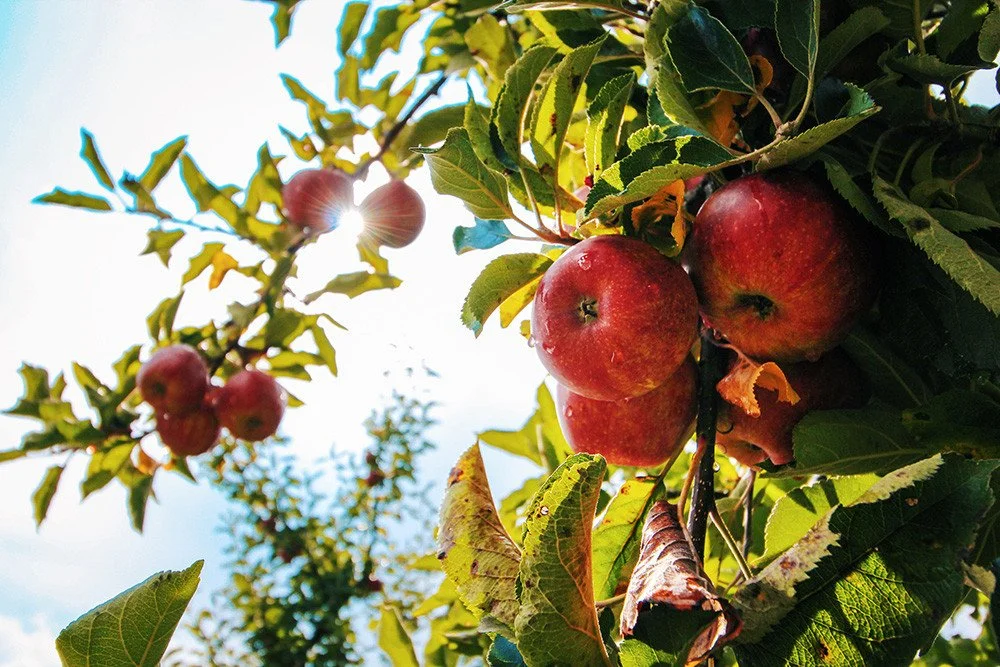Improving Irrigation: Developing sensors to measure thirst in plants
CORNELL UNIVERSITY
PROBLEM
Producers have access to precision irrigation tools, but can’t use them to their full potential without better plant measurements.
SOLUTION
Enable farmers to more precisely manage irrigation by developing sensors that measure the water use of individual plants.
FUNDING
USDA NIFA Hatch
RESEARCHERS
Abe Stroock, PhD, Cornell University
Agriculture accounts for 70 percent of freshwater use worldwide. To feed the world’s growing population, farmers must make the most of each droplet.
There are many precision irrigation tools available for farmers, but there are few ways to know exactly how much water individual plants need. Plants, just like people, get thirsty and need the right amount of water to thrive.
Thirsty plants have stunted growth, lower disease resistance, and produce less fruit and grain. At the same time, overwatering can reduce the quality and even kill crops. The trick is finding a “Goldilocks Spot” where the water quantity isn’t too high or too low, but just right the right amount for each individual plant.
Dr. Stroock and his team are developing sensors to detect the thirst of apple trees in order to more precisely irrigate orchards. Instead of using traditional techniques to estimate water needs through weather and soil conditions, researchers are asking the plant directly by gathering continuous data through sensors embedded in tree trunks.
These sensors transmit data to a central location where researchers analyze how the plants consume water. Once the thirst mechanism in apple trees is better understood, the team will develop a tool that translates the sensor data into usable information to help farmers optimize water use.
By reducing water use on specialty crop farms and lower the downstream impact of runoff from over irrigating, this work will also help farmers lower input costs and increase the quality and value of crops.
“When I visited the redwood forest in California in my youth, I was inspired by the natural feat of engineering. I wanted to understand how trees 350 feet tall could pump water from its roots up into its leaves. My research harnesses the power of nature.”

